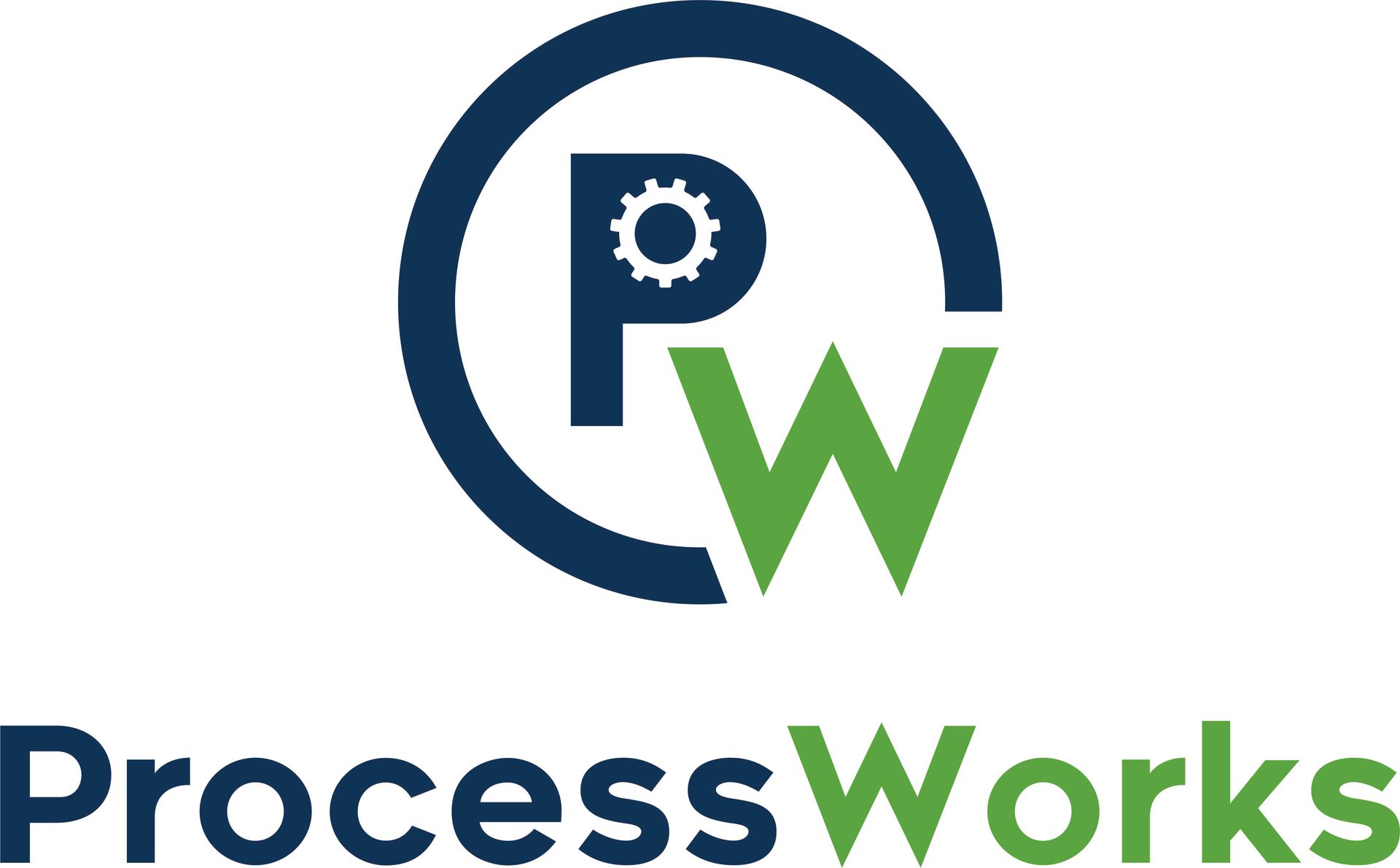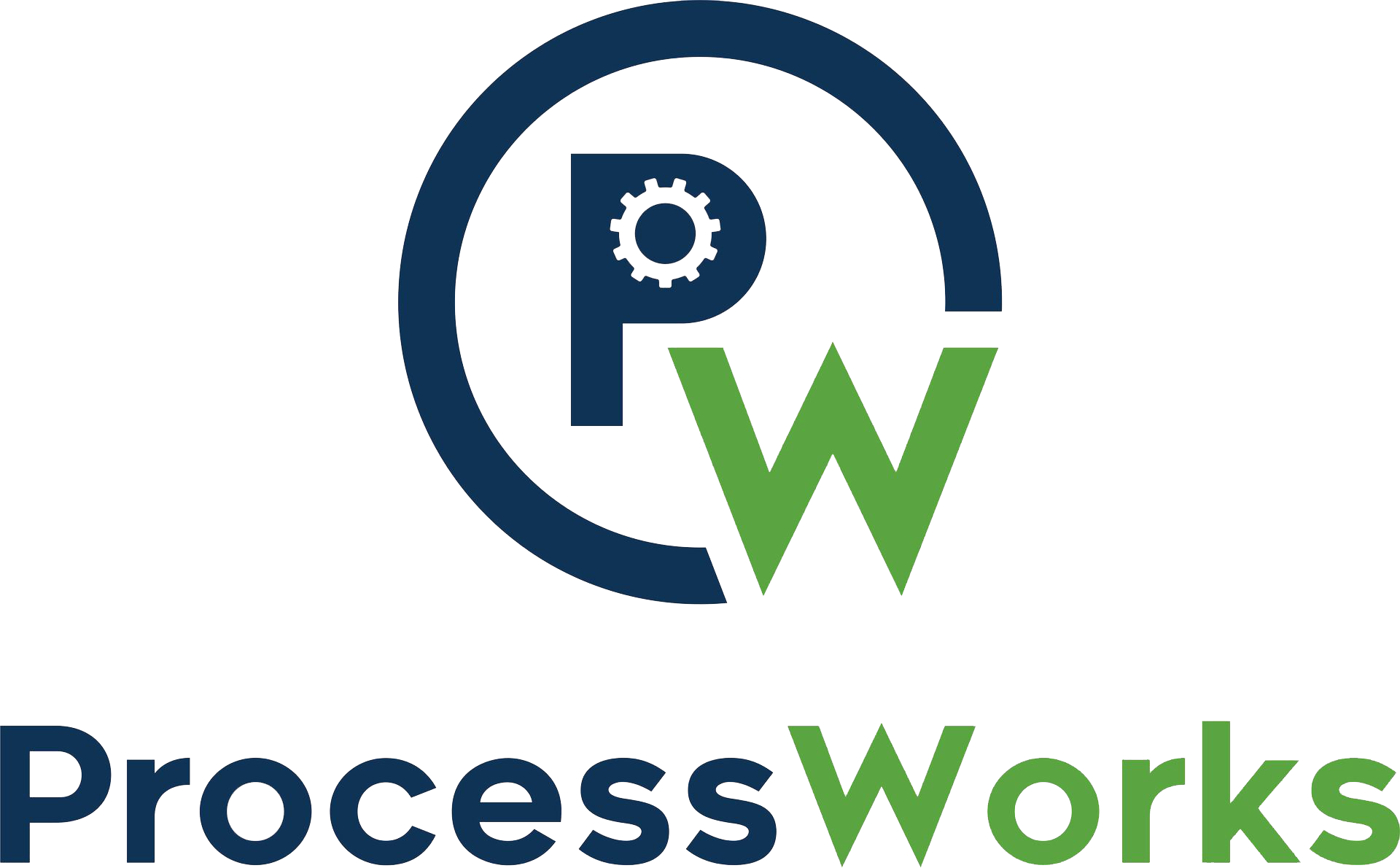What's Accountability Got to Do With It?

In some business environments, the simple use of the word Accountability can be cringe-inducing. We know that in the dynamic landscape of modern business accountability is crucial, standing as a cornerstone of success and sustainability. But many don’t understand that accountability is not merely about assigning blame; rather, it's a commitment to transparency, integrity, and continuous improvement. So why do we talk about accountability when we talk about process improvement?
First, we know individual accountability enhances organizational productivity. When individuals are held accountable for their actions and outcomes, the overall productivity and health of the organization flourish. Accountability fosters a culture of ownership, where employees can take pride in the work they do. Knowing that their contributions directly impact not just their own success but the success of the organization, individuals are motivated to perform at their best, innovate, and collaborate effectively with colleagues. Moreover, accountability cultivates trust among team members, as everyone relies on each other to fulfill their responsibilities and contribute to shared goals.
Similarly, when all participants in a certain process know what they will be held accountable for, they are more likely to excel in that process. Documenting these processes allows them to become guideposts for accountability within an organization. They provide a clear roadmap detailing the steps, responsibilities, and expectations associated with the process while leaving no room for confusion or ambiguity. Employees know what's expected of them, how to perform their duties effectively, and who to turn to for support or clarification.
The fact that assistance is available doesn’t mean that the participants in the process can easily pass the accountability buck, though; at the heart of accountability lies the principle that only one person can be held responsible for each process. This clarity is critical when doing any sort of process work, because if everyone is accountable for the process, then no one is. When ambiguity exists regarding who is truly accountable tasks are more likely to slip through the cracks, leading to more errors, delays, and frustration. By assigning singular ownership to specific processes, not only are these potential obstacles avoided but individuals are also empowered to take ownership, make decisions, and drive results for themselves.
This is where it gets tricky: Only one person can be held accountable for each process, but accountability is still ultimately a team sport. In a collaborative environment, team members support each other, hold one another to high standards, and celebrate collective achievements. When accountability is woven into the fabric of the organizational culture, individuals feel empowered to hold themselves and their peers accountable, fostering a sense of mutual respect and camaraderie. Collective accountability also promotes transparency and openness; if your team is empowered to communicate openly about challenges with their colleagues, they may be more open to collaborating to overcome those obstacles as well as being more likely to seek out feedback.
Accountability should not be treated as a weapon to be feared. Rather, it should be treated as a tool that, when wielded with skill, can help propel an organization toward excellence.
Share This Post











